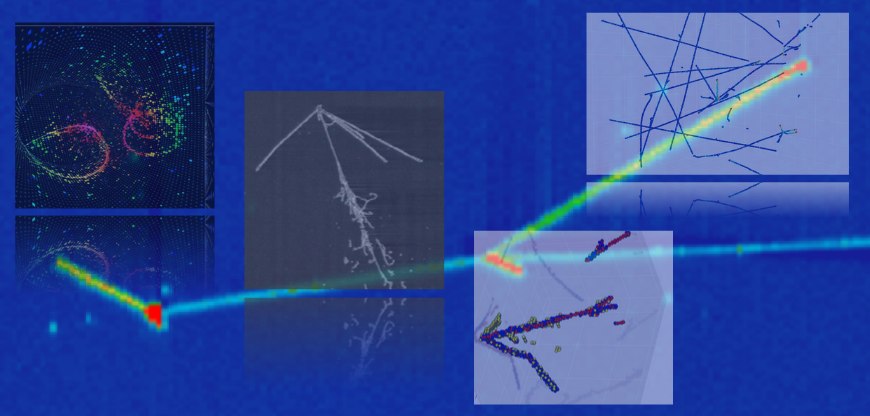Speaker
Description
The nEXO Experiment is a search for neutrinoless double beta decay in 136Xe using a 5-ton liquid xenon time projection chamber. Machine learning is employed in nEXO’s analysis as a deep neutral network discriminator to identify gamma ray backgrounds, which are distinguished from double beta decays due to their high prevalence of multiple interaction sites. This talk provides a deeper overview of the mechanisms involved in nEXO’s topological discriminator and recent studies relating to its role in analysis.
nEXO's topological discriminator is well suited to the high-dimensional data collected by charge channels. A recent study of varied RMS noise on charge collection channels measured the performance of a network using simulated waveforms, demonstrating the robustness of nEXO’s topological discriminator under varied RMS noise.
The current plan for nEXO’s topological discriminator consists of using simulated waveforms to train the network and then use it in the analysis of detector data. In order to improve the fidelity of input training data, nEXO would like to use real detector waveforms to train its neural network. An early plan to do so is introduced, which uses gammas during calibration periods and a selective mix of beta and gamma events from physics data to train the network. Simulated waveforms were used to explore this approach by generating a mixed set of beta and gamma events trained against a set of pure gamma events to evaluate the viability of this approach.
LLNL-ABS-852238
This work was supported in part by the U.S. Department of Energy, Office of Science, Office of Workforce Development for Teachers and Scientists (WDTS) under the Science Undergraduate Laboratory Internships Program (SULI). This work was performed under the auspices of the U.S. Department of Energy by Lawrence Livermore National Laboratory under contract DE-AC52-07NA27344. Lawrence Livermore National Security, LLC



